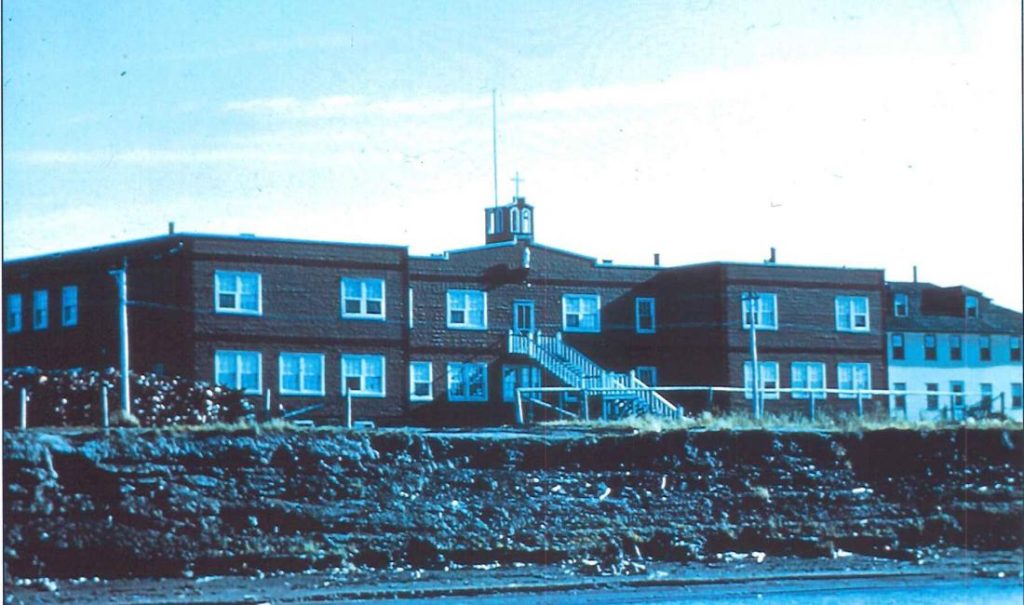Nanilavut Initiative
Nanilavut: Let’s Find Them
The Nanilavut Initiative was created to help Inuvialuit and Inuit from across Canada locate lost loved ones who did not return home after being sent to southern hospitals during the tuberculosis epidemic (1940s to 1960s).
A separate initiative, the Inuvialuit Residential Schools Missing Children Project (IRSMC) also helps Inuvialuit families to find information about loved ones; in this case, individuals who were lost in the residential school system.
Projects
Tuberculosis epidemic
Between the 1940s and 1960s, many Inuit were taken from their communities in the North for tuberculosis treatment in southern Canada. Some never came home.
This project helps Inuvialuit families find records and burial sites for loved ones who were taken during this time.
Residential schools
Many Inuvialuit children were sent to residential schools, where they were separated from their families, culture and language. Some never returned home.
The Inuvialuit Residential Schools Missing Children Project (IRSMC) helps families find records and information about children who went missing in the residential school system.
How Nanilavut can help you
The Nanilavut Initiative provides research services and mental health supports for families searching for their loved ones.
A project administrator in each Inuit region is there to support and assist you in your search. Beverly Lennie is the Nanilavut project administrator for the Inuvialuit Settlement Region. She can answer any questions you have about beginning your search for a lost loved one. She is also able to search a Nanilavut database on behalf of family members and will provide the information she finds. Please note that sometimes records are incomplete or cannot be found.
Once an Inuvialuit family contacts the Nanilavut project administrator, she opens an inquiry/search file and research begins to locate lost Inuvialuit loved ones. The Nanilavut project administrator will continue to provide research services throughout your search and enter new inquiries and information into the database as it becomes available.
Depending on the project and case, the Nanilavut Initiative may also be able to help with providing funding for family members to travel to a loved one’s southern gravesite once it is located. It will ensure that your loved one’s grave is properly marked and that suitable gravesite enhancements are made, if required. Commemorative events in the Inuvialuit Settlement Region and at southern burial locations will be announced as the Nanilavut Initiative progresses.
Nanilavut also shares educational information and tools with the public. Some resources are aimed at helping to reduce and eventually eliminate Tuberculosis throughout Inuit Nunangat, Canada and the world.
As part of a separate initiative led by the same project administrator, the Inuvialuit Residential Schools Missing Children Project (IRSMC) factbook was published in 2025. This publication informs readers about some of the history of the residential school system, its impacts and the ongoing reconciliation efforts in the Inuvialuit Settlement Region, Northwest Territories and Canada.
Photo: The Immaculate Conception Roman Catholic Hospital and Residential School was established in 1929 and closed in 1959. It operated in Aklavik, NT, and served Inuit and First Nations People.
